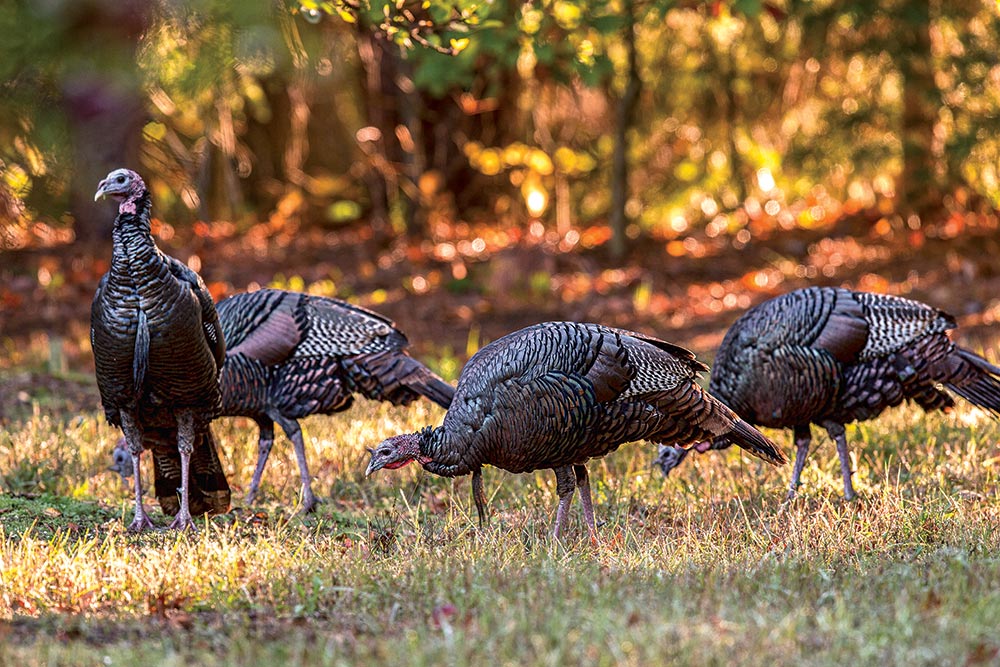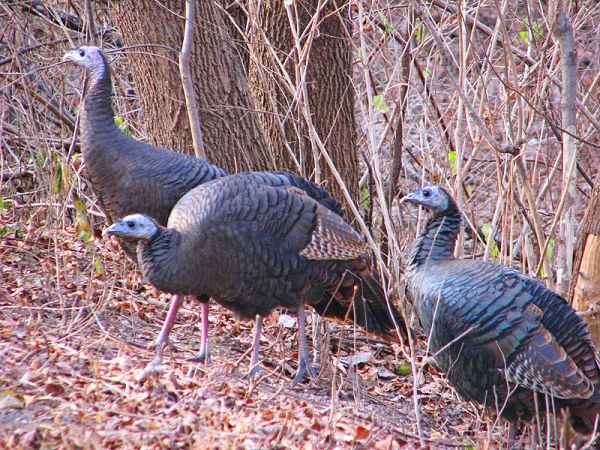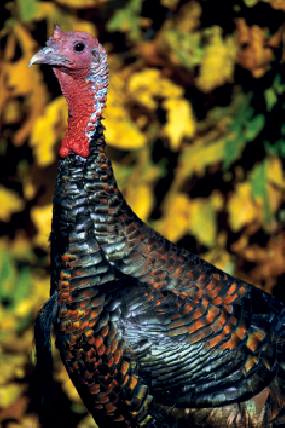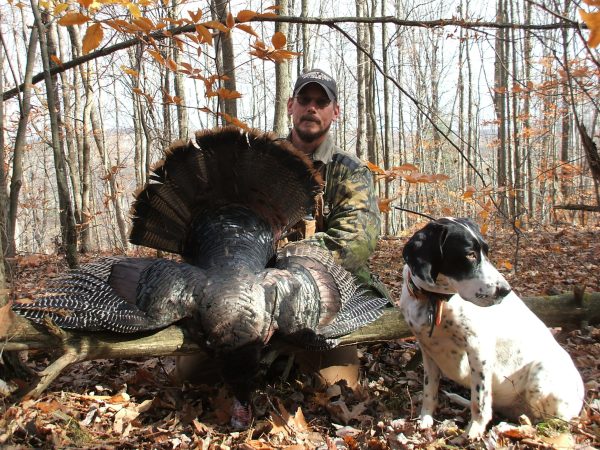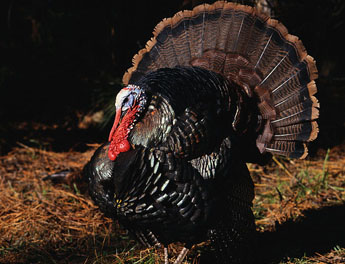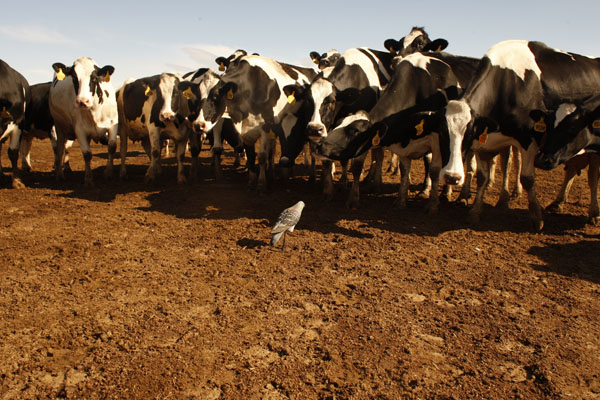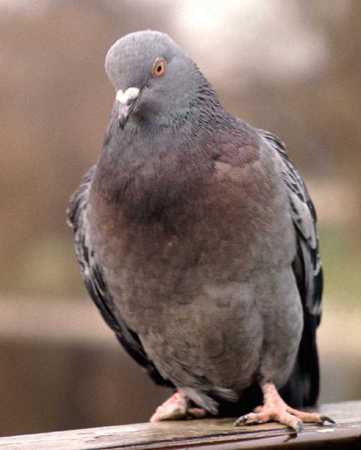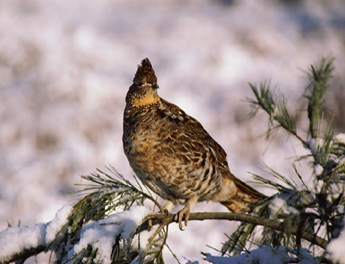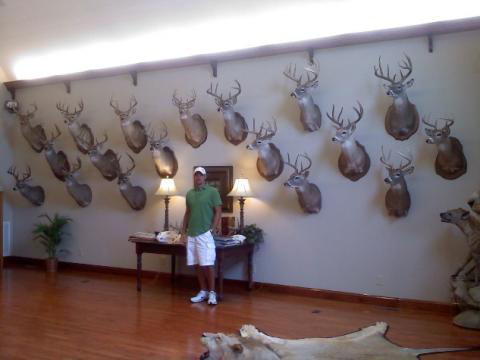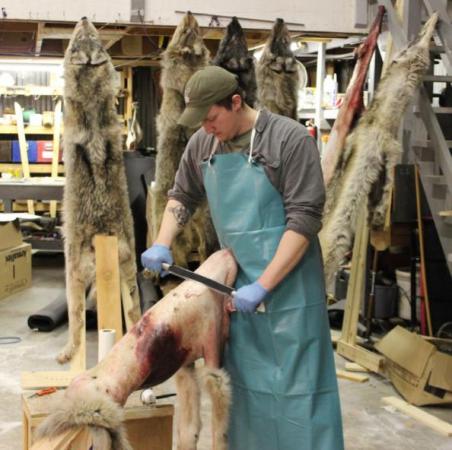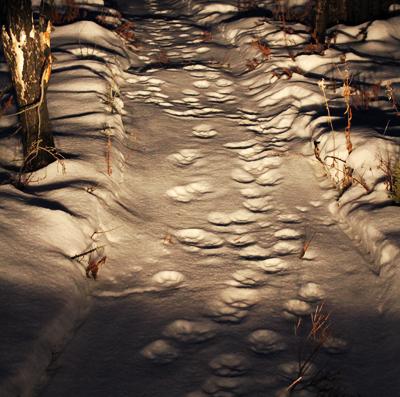Few hunts are more exciting than chasing fall turkeys with a well-trained dog. Turn one loose in a block of woods and he’ll find and scatter every flock on the landscape. All you have to do is call the birds back in as they try to regroup.
Don’t have a dog? Don’t fret. You don’t need a setter to find and bust a flock of turkeys in the fall. Be your own dog.
1. Bust the Roost
There’s no better way for you to bust up a flock of fall turkeys than by walking under their roost. That’s usually all it takes. You don’t need to yell or shoot or wave your arms, but it is helpful to move quickly through the roost site once you flush the first bird. Catching them by surprise can help scatter them.
It’s a great tactic at first light or right before dark. Bust them in the morning and you’ll have birds yelping, clucking, and kee-keeing from all directions within an hour or two. If you scatter them in the evening, just return to that spot the next morning and be patient. The urge to regroup is strong, especially early in the fall. Sit down and start with a few kee-kee runs, a high-pitched, pleading assembly call frequently used by single, lost birds. If one answers, just imitate what you hear, sit still, and keep your gun at the ready.
2. Rush Hour
If you hear a flock of birds, let them come as close as possible. Then run at them (without a loaded gun) as fast as you can. They’ll need to be fairly close when you charge, but you might as well give it a go even if they aren’t. Just remember: The farther away you start, the more likely they’ll fly off together. That’s bad. But even if most of the flock heads in the same direction, one always seems to peel off and head elsewhere. That’s your bird. The closer you get to the flock, the more widely they will scatter, which gives you more opportunities.
Watch singles closely, but note where the bulk of the others went as well. Head a couple hundred yards toward the direction the single flew in, but try to position yourself between it and the main flock. Then settle in and start calling. It can take upwards of an hour or even more.
3. Glass and Wait
Western birds in particular can be as predictable as the rising sun. They roost in big trees along creek bottoms and fly down in the same direction and feed in the same general location for days or even weeks at a time. Finding them can be as simple as glassing big, open fields and bottomland habitat, the places they frequent in the daytime.
Get between them and their food source, or get close to their roost area in the afternoon and wait. A few hen decoys can coax nervous birds into gun range.
Read Next: Turn Your Flushing Dog into a Turkey Hunter
4. Stop and Listen
Locating birds in big woods isn’t so easy. Instead of hunting with your eyes, you’ll need to find them with your ears. The good news is that fall turkeys like to talk—a lot. They’ll call before and after they fly up, and they’ll make a racket before and soon after they hit the ground. That’s why it can pay dividends to spend more time listening than moving if you don’t know where to start.
At midday, turkeys are fairly quiet, but lone birds that stray from the flock will cluck and yelp to keep tabs on their group. You might even hear them making a racket as they bicker and fight, a common activity among fall flocks.
Use the landscape to your advantage by pausing just below ridgelines, above creek bottoms, and within thicker cover, making sure to listen for at least 10 minutes before moving. If you hear birds on the roost, move fast to get under them. If you hear them fly down, hustle or even run right at them. They will be vulnerable as they attempt to gather for the morning.
If you don’t hear anything, take a page from the spring-hunting playbook and keep moving. You might walk right into an unsuspecting flock. It’s a long shot, but when the odds are already stacked against you, why not go for it? Focus on areas with lots of food like oak groves with a good acorn crop, timber near grain fields, and bottomland woods.
